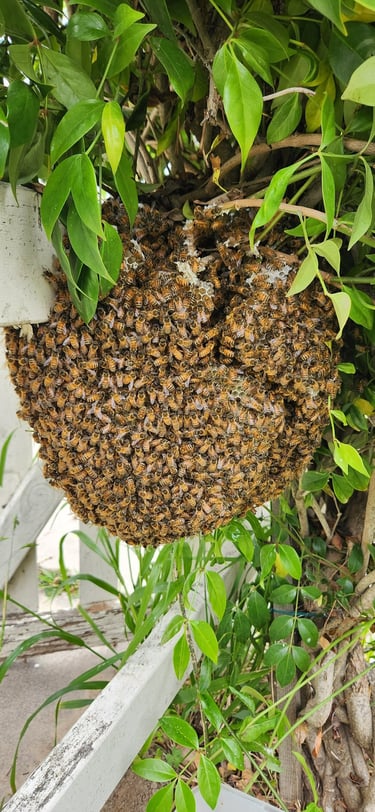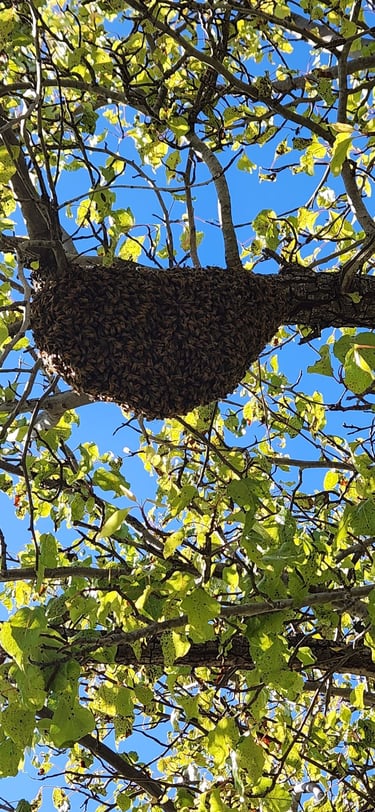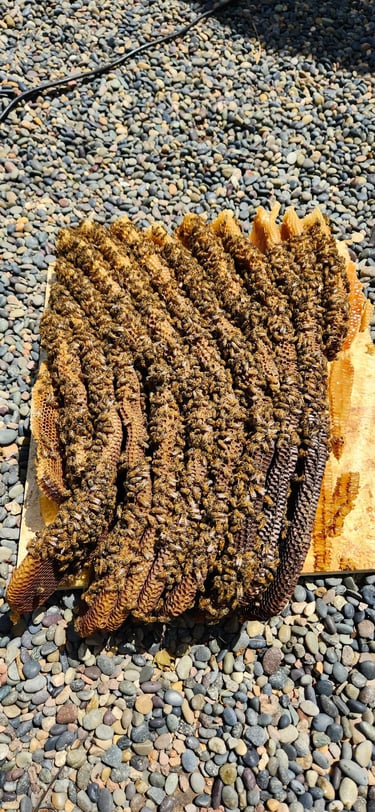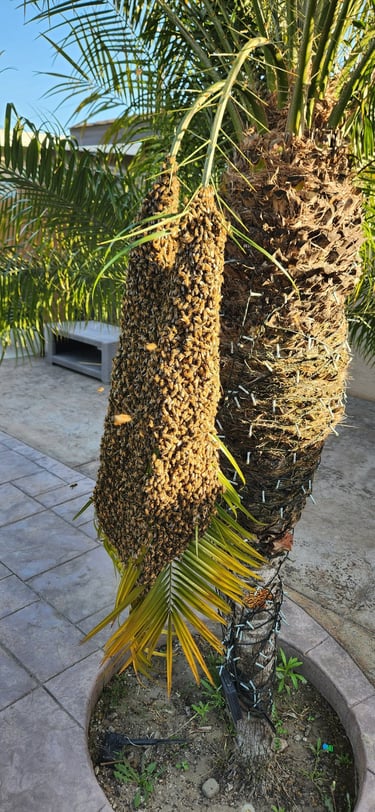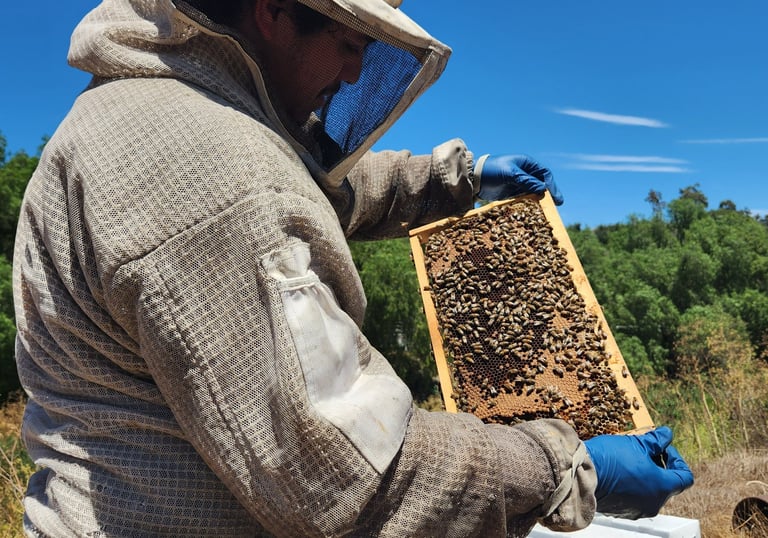Ventura Bee Rescue
We Save You and the Bees!
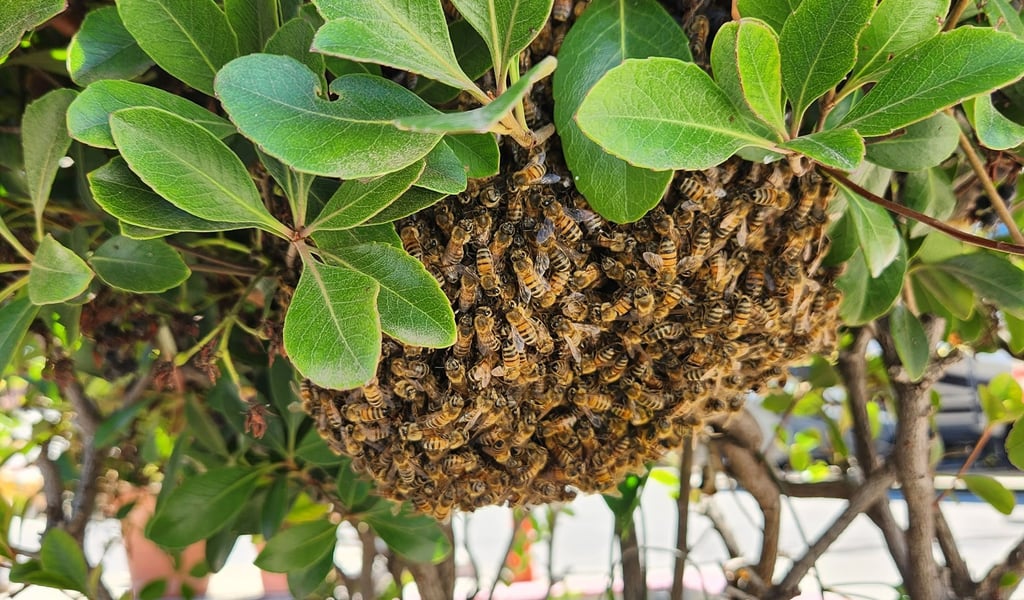

(805) 620-7290
About Us
Ventura Bee Rescue is an eco-friendly live bee removal company dedicated to preserving the bee population and promoting sustainable practices. We work closely with local communities to provide bee relocation, pollination and local raw honey. Our team also offers consultation services to help maintain existing hives and educational presentations about the importance of bees.

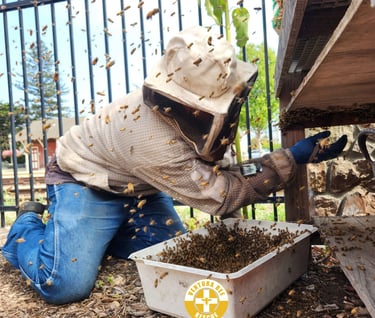
Services
When possible, we will save the bees and move them to a local apiary.
SWARM REMOVAL & BEE RELOCATION HONEYCOMB REMOVAL & CLEANUP
After the removal of bees, we always recommend the removal of honeycomb, honey, and bee debris when it is practical.
Our Technicians are highly knowledgeable and focused on customer satisfaction; therefore, you can rely on them to solve your bee problem quickly and at a fair price.
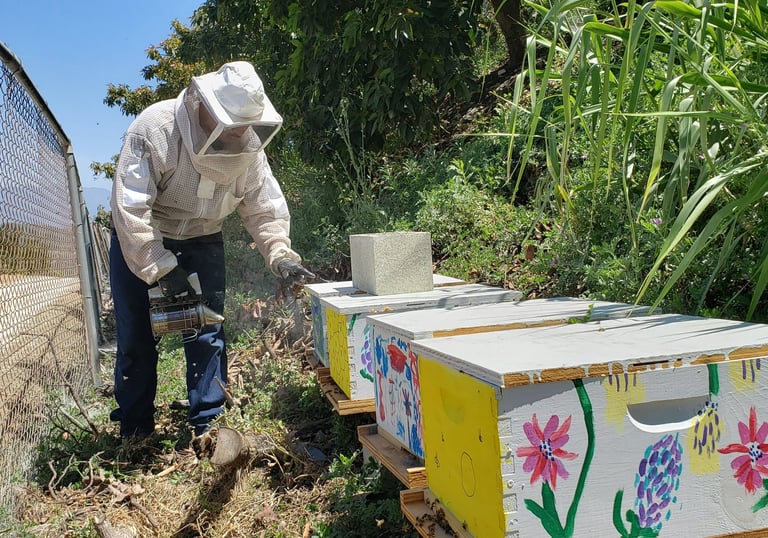

Why Choose Us
We are beekeepers that practice ethical and sustainable beekeeping practices. Our understanding of honey bee biology allows us to offer expert bee relocation services. We service Ventura County and can offer you a solution if you find yourself with a nest of bees!
Saving Bees, Saving the Planet


